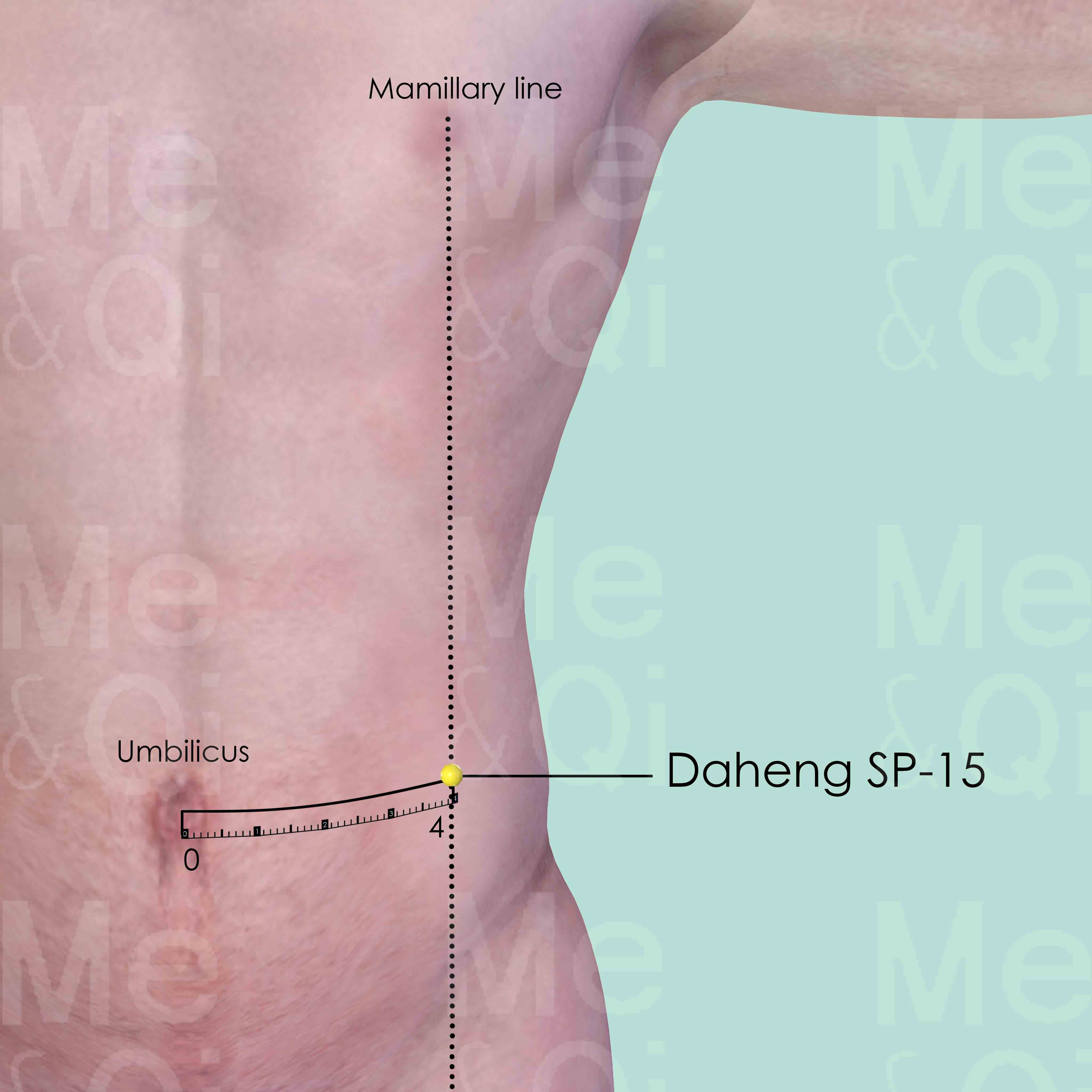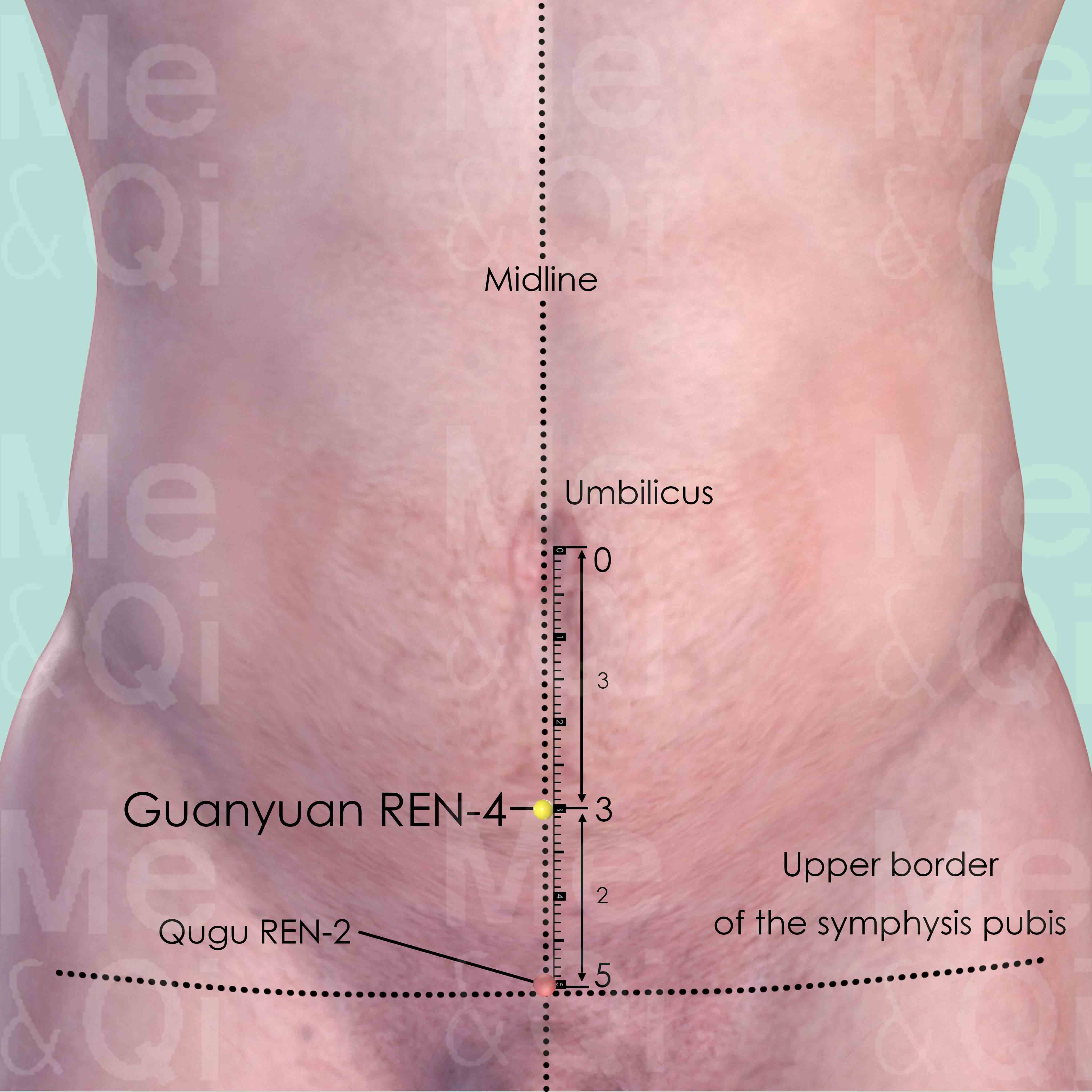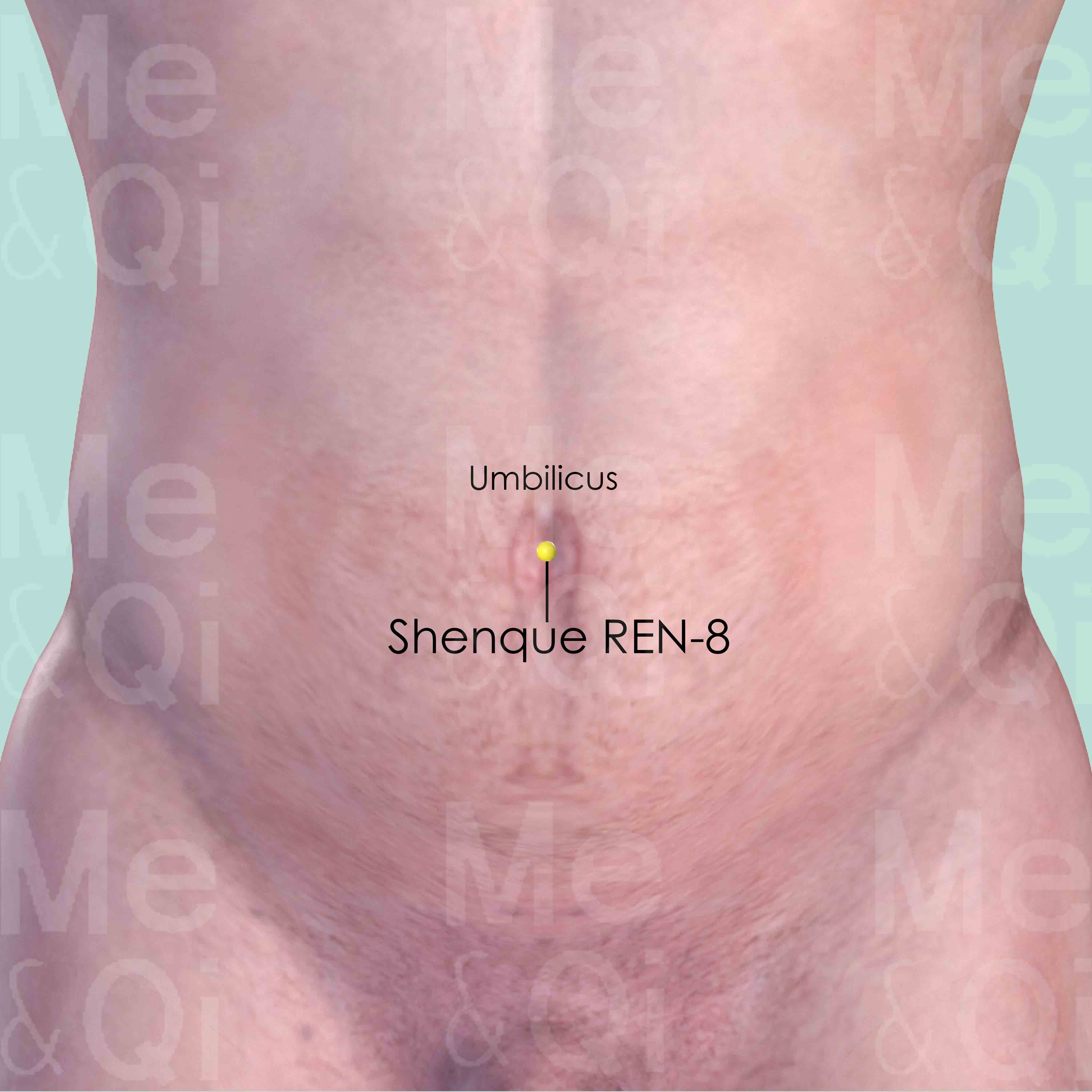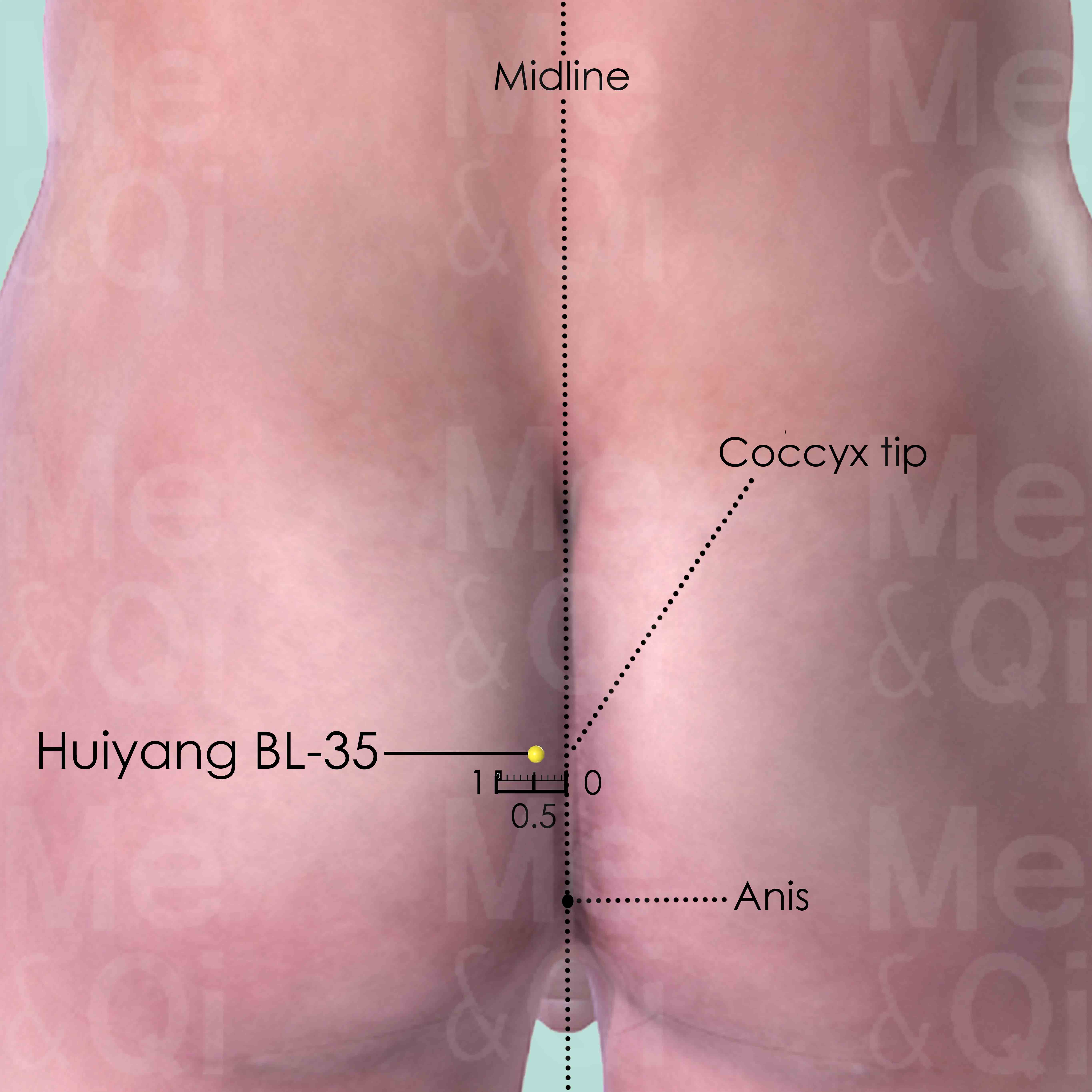Abdominal Cold Sensationaccording to TCM
Symptom families: Abdominal Thermal Sensations, Cold Sensations and Intolerance
Sub-symptom(s): Cold Sensation In Lower Abdomen
Root Causes of Abdominal Cold Sensation in TCM
Explore below more details about what might cause Abdominal cold sensation according to TCM.
- By Syndrome
- By Organ
- Cold
- Large Intestine
Cold
In TCM "Cold" as a pattern of disharmony refers to a specific type of imbalance within the body's systems, often linked to a deficiency or weakness. It's not about feeling physically cold or having a common cold, but rather a metaphorical description of certain symptoms and underlying conditions. When a TCM practitioner says someone suffers from "Cold," it usually implies that the body's Yang energy, which is warm and active, is insufficient or overpowered by Yin energy, which is cool and passive. Symptoms of Cold in TCM can include a general feeling of coldness, cold limbs, pale complexion, low energy, slow metabolism, and a preference for warmth. ... see more
Cold Patterns That Can Lead to Abdominal Cold Sensation
Common Symptoms: Postpartum Abdominal Pain Abdominal Pain Diarrhea Chills Hernia-Related Pain Flank Pain Abdominal Pain Relieved By Pressure And Warmth Menstrual Cramps
| Pattern Name | Relevant Symptoms | Relevant Formulas |
|---|---|---|
| Cold invading the Large Intestine | Cold sensation in abdomen, Abdominal pain, Diarrhea, Chills, Abdominal cold sensation | Liang Fu Wan | Tao Hua Tang |
| Interior Cold | Cold abdominal, Postpartum abdominal pain, Abdominal cold sensation, Hernia-Related pain, Flank pain, Abdominal pain relieved by pressure and warmth... see more | Dang Gui Sheng Jiang Yang Rou Tang | Wu Ji San | Chai Hu Gui Jiang Tang |
| Full Cold in the Directing and Penetraing Vessels | Cold in the lower abdomen, Menstrual cramps, Cold sensation in lower abdomen, Infertility, Late menstruation, Dark menstrual clots, Postpartum abdominal pain, Abnormal uterine bleeding, Uterine hypoplasia, Endometrial hyperplasia, Endometriosis... see more | Wen Jing Tang |
Large Intestine
In TCM the Large Intestine is primarily seen as responsible for the absorption of fluids and the excretion of waste. It is closely related to the Lung in terms of energy flow and function, reflecting the interconnectedness of organ systems in TCM. When the Large Intestine malfunctions, it can lead to issues such as constipation or diarrhea, abdominal pain, and an inability to let go of emotional waste, like holding onto grief or stress. This is in line with the TCM view that the physical and emotional aspects of health are deeply connected. An imbalanced Large Intestine can also manifest as skin problems, signifying the organ’s role in eliminating toxins and maintaining balance in the body’s internal environment.... see more
Large Intestine Patterns That Can Lead to Abdominal Cold Sensation
| Pattern Name | Relevant Symptoms | Relevant Formulas |
|---|---|---|
| Cold invading the Large Intestine | Cold sensation in abdomen, Abdominal pain, Diarrhea, Chills, Abdominal cold sensation | Liang Fu Wan | Tao Hua Tang |
TCM Herbal Formulas for Abdominal Cold Sensation
Explore below some TCM herbal formulas used to address abdominal cold sensation, organized by cause and by formula type.
- By Cause
- By Formula Type
- Cold
- Formulas that promote qi movement
- Formulas that bind up intestines and secure abandoned conditions
- Formulas that tonify qi and blood
- Formulas that release the exterior and warm the interior
- Formulas that vent membrane source
- Formulas that invigorate blood and dispel blood stagnation
Top Formula for Cold:
Wen Jing Tang
Suitable for Cold patterns that may cause abdominal cold sensation, such as Full Cold in the Directing and Penetraing Vessels
Learn moreAll Formulas Recommended for Abdominal Cold Sensation Caused by Cold
| Formula | Patterns Suitable For |
|---|---|
| Wen Jing Tang | Full Cold in the Directing and Penetraing Vessels |
| Liang Fu Wan | Cold invading the Large Intestine |
| Tao Hua Tang | Cold invading the Large Intestine |
| Dang Gui Sheng Jiang Yang Rou Tang | Interior Cold |
| Wu Ji San | Interior Cold |
| Chai Hu Gui Jiang Tang | Interior Cold |
Formulas that invigorate Blood and dispel Blood Stagnation
These formulas are suitable for some abdominal cold sensation-causing patterns like Full Cold in the Directing and Penetraing Vessels or Dampness and Phlegm in the Uterus.
One such formula is Wen Jing Tang, with cinnamon twigs as a key herb.
Formulas that promote Qi movement
These formulas are suitable for some abdominal cold sensation-causing patterns like Cold invading the Large Intestine.
One such formula is Liang Fu Wan, with lesser galangal rhizome as a key herb.
Formulas that bind up Intestines and secure abandoned conditions
These formulas are suitable for some abdominal cold sensation-causing patterns like Cold invading the Large Intestine.
One such formula is Tao Hua Tang, with red halloysite as a key herb.
Formulas that tonify Qi and Blood
These formulas are suitable for some abdominal cold sensation-causing patterns like Interior Cold.
One such formula is Dang Gui Sheng Jiang Yang Rou Tang, with mutton as a key herb.
Formulas that Release the Exterior and Warm the Interior
These formulas are suitable for some abdominal cold sensation-causing patterns like Interior Cold.
Formulas that vent membrane source
These formulas are suitable for some abdominal cold sensation-causing patterns like Interior Cold.
One such formula is Chai Hu Gui Jiang Tang, with bupleurum root as a key herb.
Acupoints for Abdominal Cold Sensation
Explore below some acupoints used to address abdominal cold sensation, organized by meridian.
- By Meridian
- Spleen Channel
- Directing Vessel
- Bladder Channel
- Large Intestine Channel
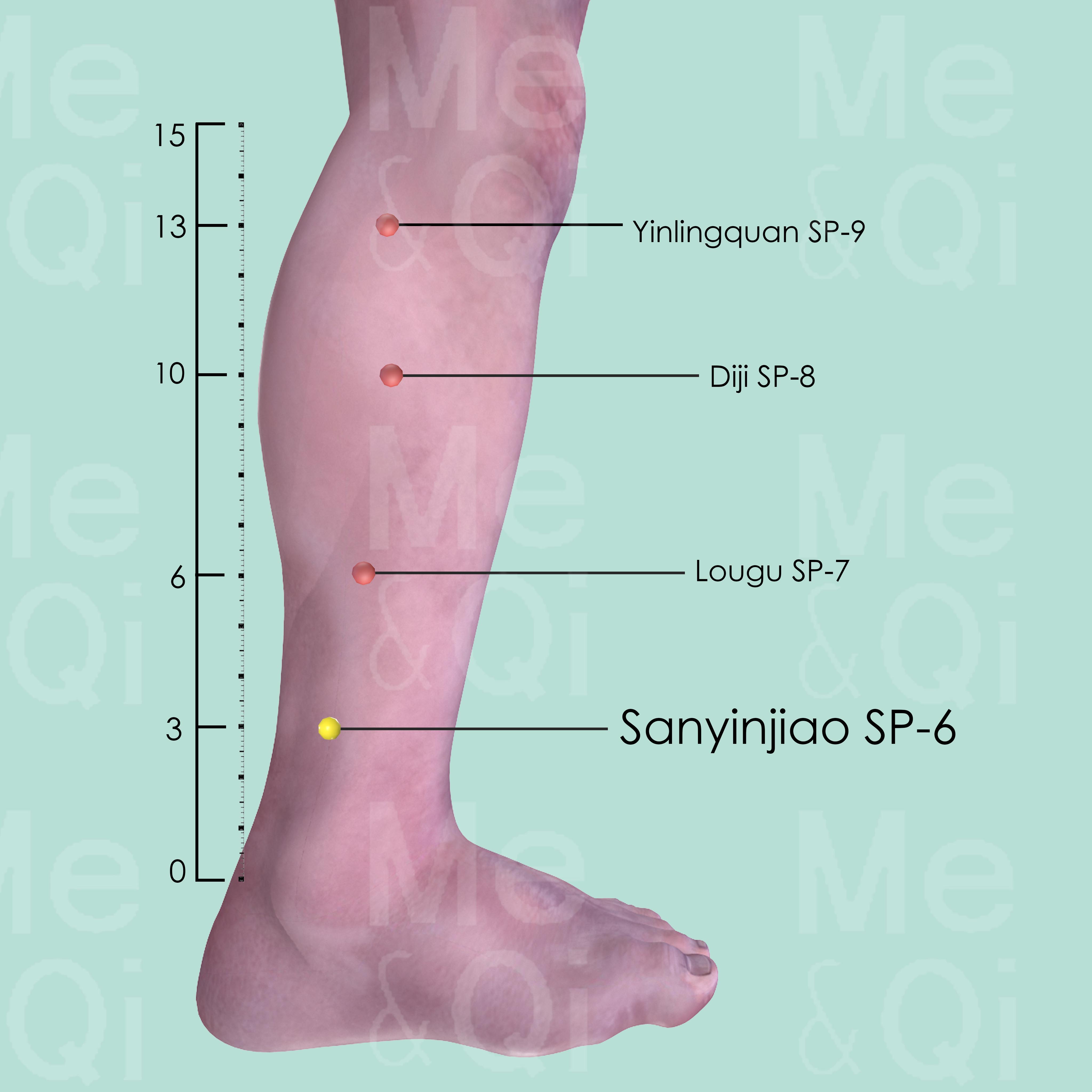
Sanyinjiao SP-6
3 cun directly above the tip of the medial malleolus, on the posterior border of the tibia, on the line drawn from the medial malleolus to Yinlingquan SP-9.
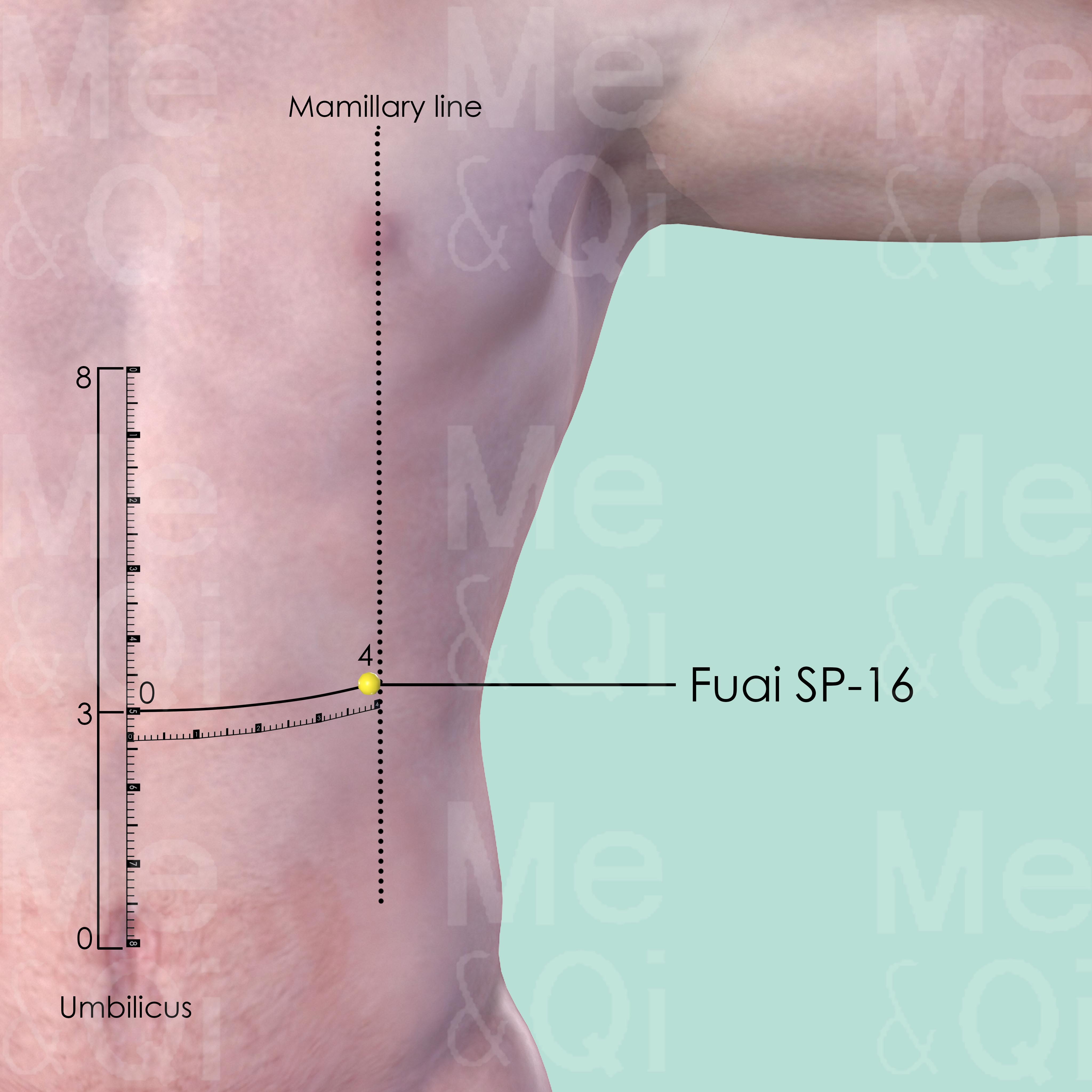
Fuai SP-16
3 cun above the umbilicus center and 4 cun lateral to the anterior midline, on the mamillary line.
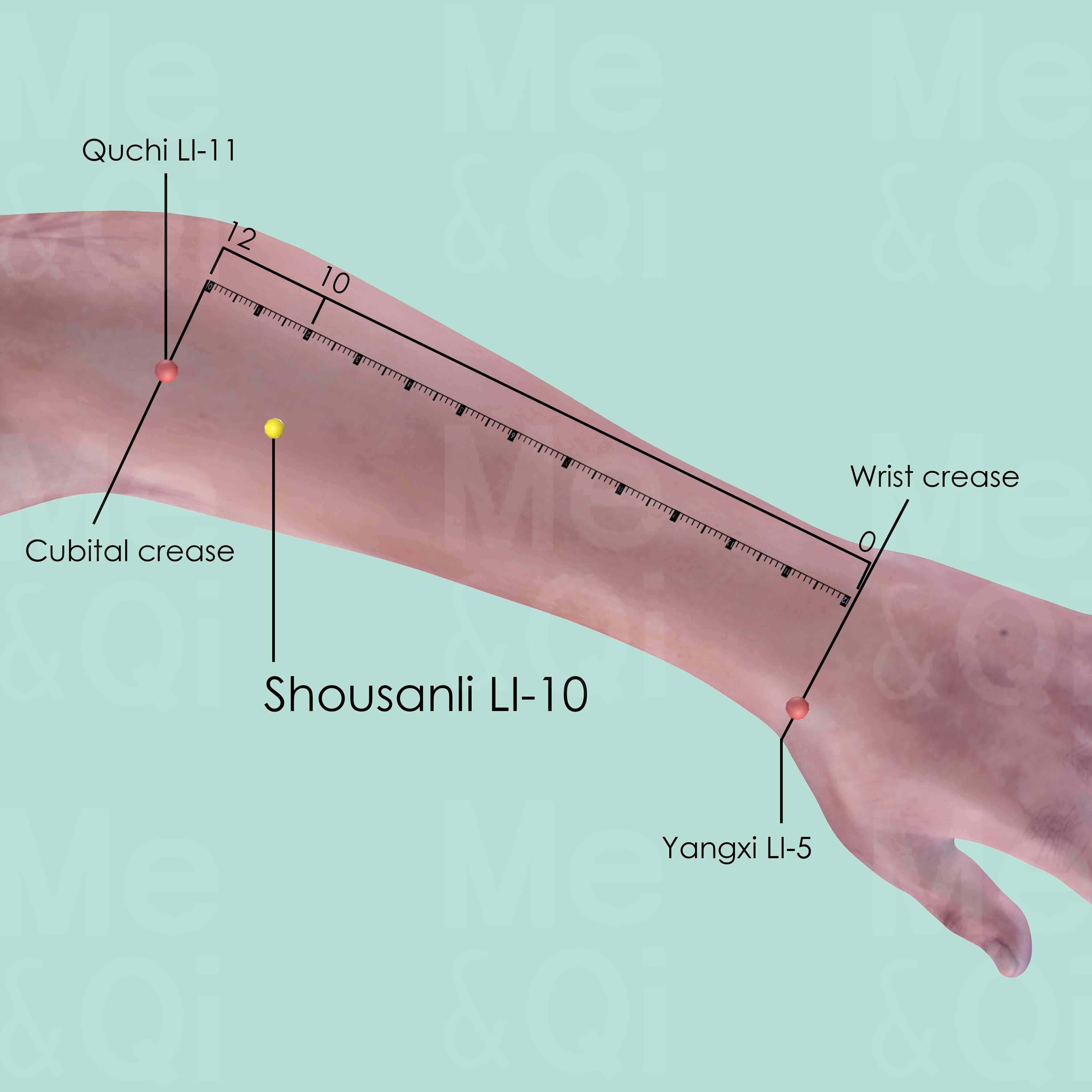
Shousanli LI-10
When a fist is made, with the ulnar side downward and elbow flexed, the point is 2 cun distal to Quchi LI-11 of the line joining Yangxi LI-5 and Quchi LI-11.

